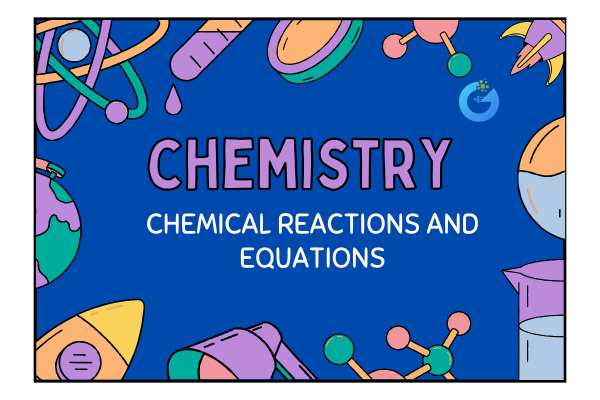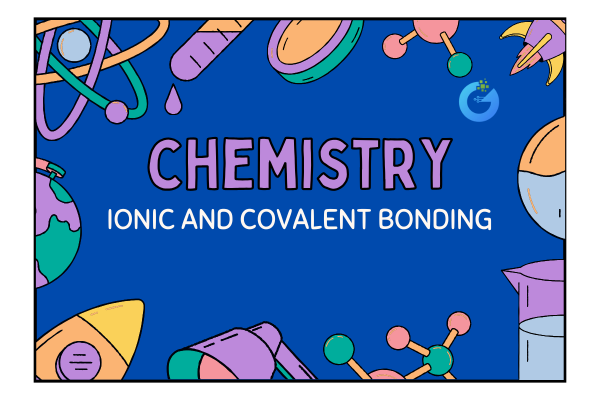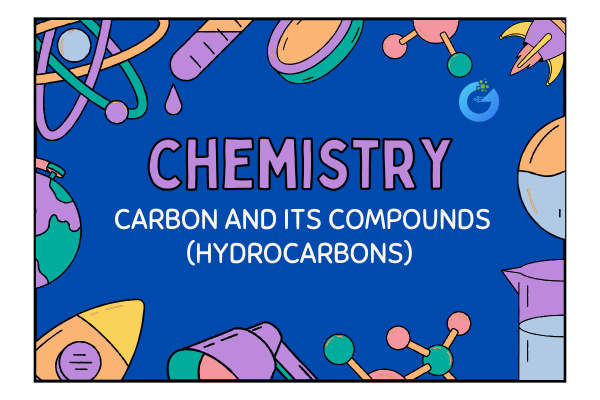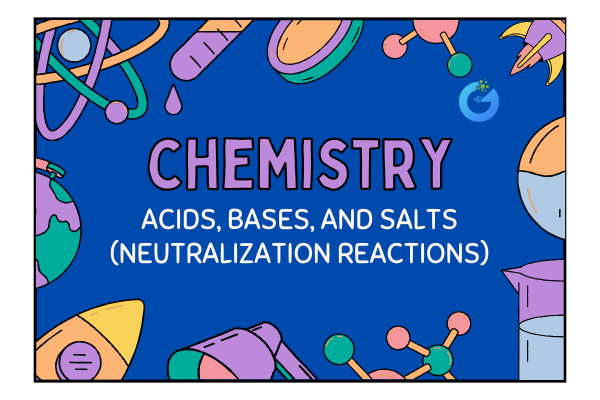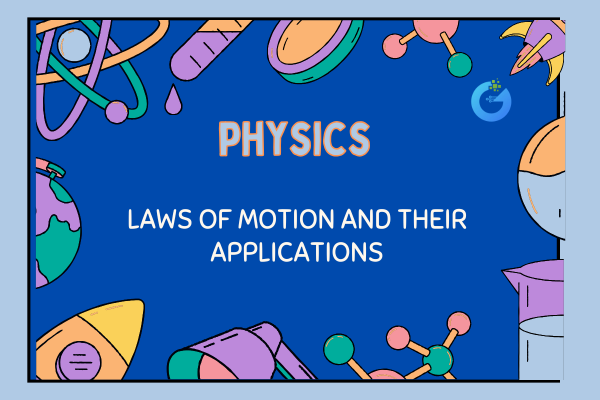Introduction
Ever seen milk turn sour, rust form on iron, or fireworks explode? These are all chemical reactions happening around us every day!
In Class 10 Chemistry, the chapter Chemical Reactions and Equations helps us understand what happens at the molecular level when substances react to form new ones. This topic builds the foundation of all chemical studies and is filled with fun, real-world connections.
Let’s break this down step-by-step—just like your science teacher would explain on the board!
expert-led Chemistry classes – visit our website to learn more
What Is a Chemical Reaction?
A chemical reaction is a process in which one or more substances (reactants) change into one or more new substances (products).
These changes can be:
- Color changes
- Gas formation
- Temperature changes
- Formation of a precipitate
Writing a Chemical Equation
Let’s say magnesium burns in air to form magnesium oxide:
Word Equation:
Magnesium + Oxygen → Magnesium oxide
Chemical Equation:
Mg + O₂ → MgO
But wait! Is it balanced?
Balanced Equation:
2Mg + O₂ → 2MgO
Now atoms on both sides are equal.
Why Balance Chemical Equations?
According to the Law of Conservation of Mass:
“Mass can neither be created nor destroyed in a chemical reaction.”
So, the number of atoms on the left side (reactants) must be equal to the right side (products).
Types of Chemical Reactions
1. Combination Reaction
Two or more substances combine to form a single product.
Example:
CaO + H₂O → Ca(OH)₂
(Quicklime + Water → Slaked lime)
2. Decomposition Reaction
One substance breaks into two or more substances.
Example:
2H₂O → 2H₂ + O₂ (By electrolysis)
3. Displacement Reaction
A more reactive element replaces a less reactive one from a compound.
Example:
Zn + CuSO₄ → ZnSO₄ + Cu
(Zinc displaces copper)
4. Double Displacement Reaction
Exchange of ions between two compounds.
Example:
Na₂SO₄ + BaCl₂ → BaSO₄ ↓ + 2NaCl
(White precipitate of barium sulfate forms)
5. Redox Reaction (Oxidation-Reduction)
One reactant gets oxidized and the other gets reduced.
- Oxidation = Gain of oxygen or loss of electrons
- Reduction = Loss of oxygen or gain of electrons
Exothermic vs Endothermic Reactions
| Type | Heat Effect | Example |
| Exothermic | Releases heat | Burning of fuels (CH₄ + O₂ → CO₂ + H₂O + heat) |
| Endothermic | Absorbs heat | Photosynthesis (CO₂ + H₂O + sunlight → C₆H₁₂O₆) |
Common Observations in Reactions
- Change in color
- Evolution of gas
- Formation of a precipitate
- Release or absorption of heat/light
Precipitate Reaction Example
Example:
AgNO₃ + NaCl → AgCl (white ppt) + NaNO₃
Practical Applications of Chemical Reactions
| Field | Application |
| Agriculture | Making fertilizers using combination reactions |
| Industry | Electrolysis for extracting metals |
| Environment | Treatment of wastewater with precipitation |
| Daily Life | Digestion (decomposition reaction), rusting |
Core Concepts Table
| Concept | Definition |
| Reactants | Starting substances in a chemical reaction |
| Products | New substances formed in the reaction |
| Balanced Equation | Equal number of atoms on both sides of an equation |
| Redox Reaction | Reaction with oxidation and reduction |
| Precipitate | Insoluble solid formed during a chemical reaction |
Frequently Asked Questions
Q1. Why is it important to balance chemical equations?
To follow the Law of Conservation of Mass—atoms must remain balanced.
Q2. What is a redox reaction?
A reaction involving both oxidation and reduction.
Q3. What is the difference between displacement and double displacement reactions?
Displacement involves one element; double displacement involves two compounds exchanging ions.
Q4. Is rusting a chemical reaction?
Yes, it’s a slow combination and oxidation reaction.
Q5. What is the white substance in a precipitation reaction?
It’s called a precipitate—an insoluble compound formed during the reaction.
Fun Facts
- Fireworks use redox reactions to produce colors and light!
- Our stomach acid reacts with food using chemical reactions for digestion.
- Water can be split into hydrogen and oxygen using electricity—a process called electrolysis.
- Rusting is slow but powerful—it can weaken bridges and buildings over time!
Conclusion
From lighting a candle to the rusting of iron, chemical reactions are part of our daily lives. Understanding how to write, balance, and classify these reactions gives us the power to explore everything from medicine to manufacturing.
So next time you mix vinegar with baking soda and see bubbles, remember—you’re doing chemistry!


